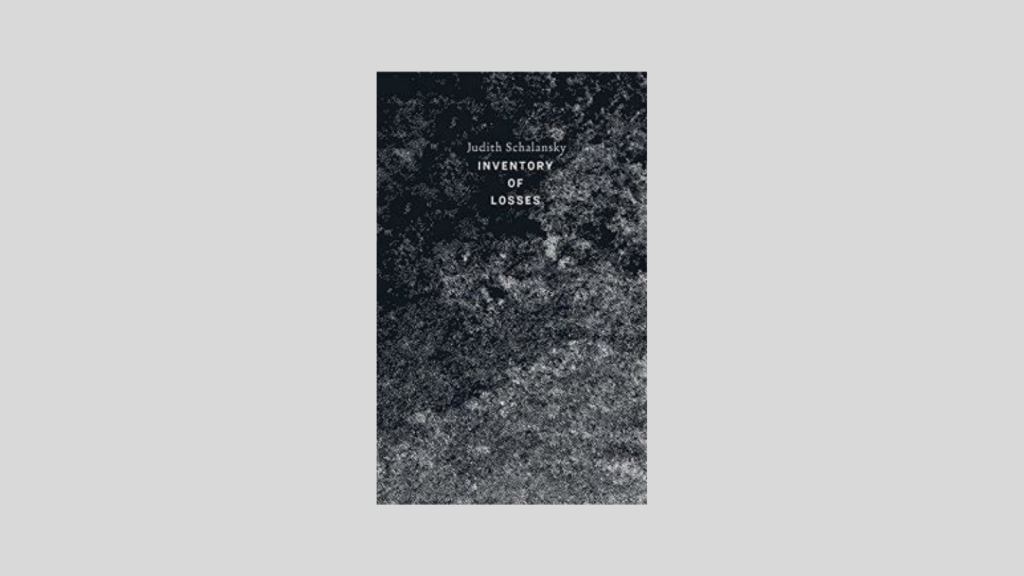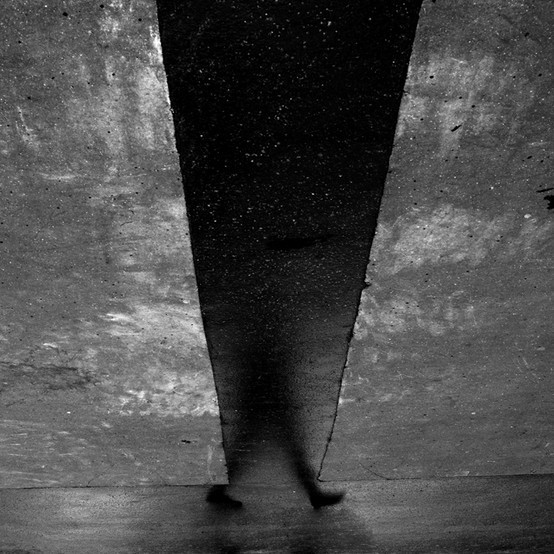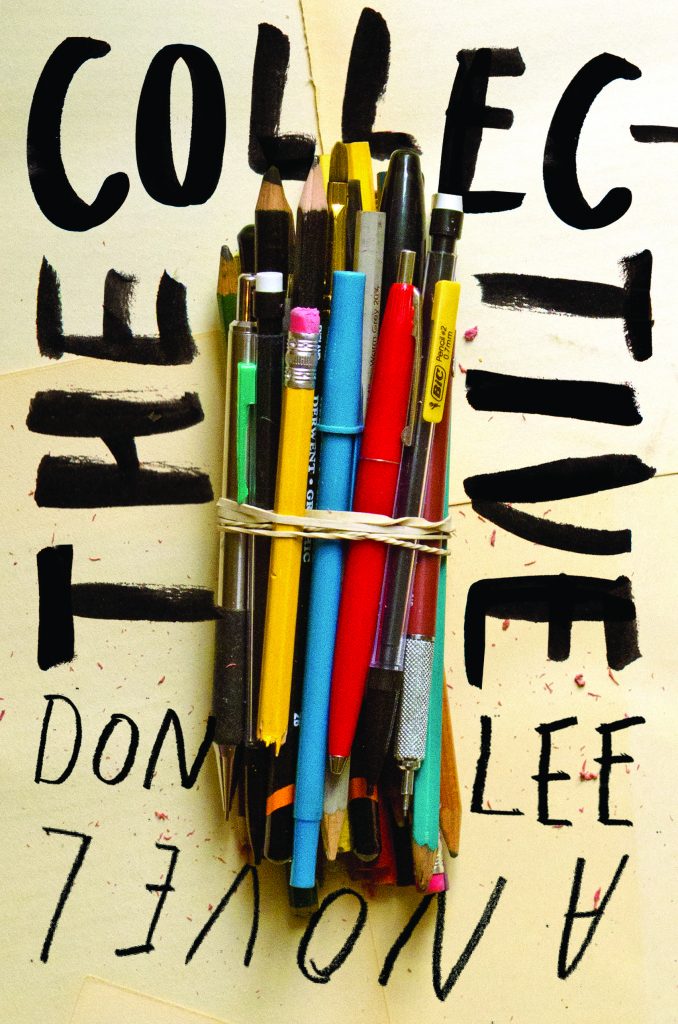German writer Judith Schalansky cherishes people, places, and species that once were and no longer are in her latest book, An Inventory of Losses. Through this book, I am led to wonder, Are we destined to lose and to forget?
On the standard list of famous disappearances, one recalls some of the Seven Ancient Wonders of the World such as the Hanging Gardens of Babylon, the Colossus of Rhodes, or the Lighthouse of Alexandria (the great pyramid of Giza in Egypt can still be admired today). Schalansky suggests a multidimensionality of lostness, material and immaterial, through twelve case studies or vignettes that blend personal essays and fiction. An Inventory of Losses reviews ruins in the broadest sense: geographical, moral or ethical, symbolistic, physical, and literary. It questions the subjectivity of memory and offers perspectives on what we ought not to forget. Time is imagined, and it is remembered.
The kaleidoscopic book begins by introducing the sunken island of Tuanaki in the North Pacific, a ‘phantom’ island. A marine earthquake occurred mid-19th century and caused Tuanaki to be irrevocably erased from exploration maps thirty years later. Through an unspoken metaphor for the mythical Atlantis, Schalanky revisits here a familiar terrain. Ten years after her acclaimed Atlas of Remote Islands: Fifty Islands I Have Not Visited and Never Will. An Atlas of Remote Islands was an anti-travel yet profoundly romantic take capturing the duality of islands as places of both paradise and hell through distant evocations and hand-drawn maps of sites such as Cocos Island or Clipperton Atoll.
In the spiritual and philosophical realm, Schalansky goes on to answer a question I’ve seen passing by recently in #classicstwitter: which lost literary work of Antiquity would you have liked to read if given a chance? The feed carries a richness of contributions that could make a bookworm weep behind a screen. I’d advocated for the lost diary of Agrippina the Younger, sister of Caligula, daughter of Germanicus, mother of Nero, and wife of Claudius, imagining a juicy work of prose filled with female badassery. Schalanky settles for Sappho’s fragments, a 6th-century BCE poet from the Greek island of Lesbos who had animated a circle of female poets and followers while influencing artists and philosophers alike over centuries. Nonetheless, this poetry, as Schalansky exposes, intertwined with women agency, a mystique around the goddess of love Aphrodite, and likely fluid sexual experiences of these island women, surrounded Sappho and her friends with controversy and continuous prejudice, down to the etymology of lesbian itself, derived from Sappho’s Lesbos. Revealingly, the courthouse dismissed a local petition brought forth by residents in 2008 who had argued that ‘lesbian’ should be strictly applied to describing residents of Lesbos, as other uses (read: sexual) were considered derogatory for them. Schalanky writes a manifest for tolerance, diversity, and in support of erotic and sensual art, downright irresistible in its beauty. Only 600 fragments have survived from Sappho’s archaic songs, or about 7% of her estimated original corpus.
Reflections on the lost seven books of Mani, founder of Manicheism, broaden perspectives on the significance of books as physical objects of cherishment. Manicheism, which preached that “the fundamental drama of the universe was a battle between light and darkness, and this existence nothing but a transition between two eras,” survived the lost books in that its beliefs have endured centuries of persecution and syncretism. Are the books we regret merely totems, i.e., does the physicality distracts us from appreciating the endurance of ideas rather? Schalansky doesn’t address this, and it’s unclear whether, to her, lost books mean we are robbed of completion and absolute knowledge, thus abandoned to confront a persistent feeling of dissatisfaction.
Essays in An Inventory of Losses can be uneven, and some stand out more than others. For instance, the chapter on the extinct Caspian tiger makes for an epic and immersive scene in the circus of Ancient Rome, exposing cruelty, and through the slain animal, the subjugation of barbarian lands. “The tame beast was to die in combat, like all enemies of Rome,” Schalansky writes, except that no one dares to combat the Caspian tigress directly, which is instead set against a lion, under the watchful eye of Emperor Claudius. In hyperrealist descriptions, one understands that the beast of the story is not the animal captured for the sole purpose of providing macabre entertainment to Romans. The tigress’s ending is clear, yet one still hopes for a last-minute rescue. This chapter alone exemplifies Schalansky’s extraordinary literary talent of switching between a broad spectrum of points of view. Rome, quite familiar to us through the Western canon, suddenly becomes “strange.”
We travel to Italy but, most interestingly, close to Schalansky’s home to explore lost objects and decayed vestiges. The author was born in Greifswald, a north-eastern city by the Baltic Sea, which was part of the German Democratic Republic (GDR, “East Germany”) before reunification. Further back in history, Greifswald belonged to the Pomeranian Duchy, which encompassed regions of modern-day Germany and Poland, titbits related as we learn about the abandoned Von Behr Palace (a 19th-century mansion from a medieval aristocratic family that went up to flames by the end of World War II), or the lost painting of Greifswald harbor by Caspar David Friedrich (also destroyed by fire while exhibited in Munich a century later). While attempting to locate the missing painting and its fate, or pieces left from the Von Behr Palace, Schalansky investigates a different kind of heritage: family memory.
After thirty years, she goes back to the ancestral village, reminisces about her family’s past, an unmet father, caregiving grandparents, and a (then) new sibling. One feels the cracks of a memoir in autofiction form and empathy reading these lines. Who hasn’t returned to a childhood home or bedroom and collapsed in the abyss of resurging scars? She artfully combines history at a national and household scale in her other chapter dedicated to the former People’s Palace, a mega-building inaugurated in 1976 in the middle of Berlin to serve as the plenary chamber of the East German parliament (but also a notable social venue, filled with restaurants-cum-nightclubs). In this essay, she retraces the particular in the shadow of national history in Marlene’s story, who finds out about her husband’s affair through a neighbor. The story invites in the intimacy of lies and betrayal. It revives the landscape of a bygone era, which evokes, to some degree, “ostalgia”—an expression coined to describe nostalgia of the communist regime in the GDR.
An Inventory of Losses captures the imagination in individual time capsules that prompt us to reflect on our own losses. “Being alive means experiencing loss,” Schalansky concludes, which in the height of a pandemic rings sadly true for many. She argues that “the difference between presence and absence is perhaps marginal, as long as there is memory.” Memory, then, is a form of personal salvation in an unbearable world, a liminal moment. Would an all-seeing, all-knowing form of memory one to be even desired? “A memory that retained everything would essentially retain nothing” (cue to all my iPhone-stored photos), and the art of remembering is as much an art of forgetting. Forgetting or erasure is often a choice, cultivating memories too.
Memories are precious to us because they reveal a fragile rarity. “To possess something that might be absolutely destroyed in a moment” is wealth, wrote Pliny the Elder, who would have seen a now-extinct Caspian tiger in his lifetime. A joke, an ice-cream, a holiday, a scent or dish, a photo— not only transport us back to a moment never to be experienced again when it comes to mind but reconstructs the effect of subjective emotions. French philosopher Merleau-Ponty explained this as the “primacy of perception” when defining a phenomenology of perception, i.e., the extent to which our sensations and consciousness interact with an experience, constructing meaning through engaging with the world. The memories that we nurture participate in our understanding and affirmation of self, and in this quest, what we toss matters just as much as what we keep close. Memories are constructed. Their expression is fabricated. They are also the essence of civilization. In Ancient Greek mythology, Memory (Mnemosyne) is the mother of the nine Muses. Without Memory, men wouldn’t know the arts and develop culture.
Schalansky inquires about the use of “an archive without a reader, a time capsule without a finder, an inheritance without inheritors.” The history of ideas and literature exposes apparent ancestors to her contemplative mind. The Romantics had valued the aesthetic role of ruins in shaping our acceptance of decay and death (“ruins are a utopian place in which past and future become one,” she notes). Schalansky’s walking meditations in the Valais Alps immediately remind of Rousseau or Nietzsche’s Swiss wanderings in Sils-Maria. The significance of nature, the intersection of art, knowledge, and botany (a recurrent theme in her writing) find a surprising echo in a reinterpretation of Schelling’s Naturphilosophy.
It is a hybrid book, a personal and subjective dive in a labyrinthine “memory palace.” The aide-memoire is not intended as a universal recipient of all encyclopedic sums, but a comforting detour, a possible remedy against what Romantics had called “world-pain.” When the present becomes suffocating, memories offer an escape. They can also provoke a longing for the impossible. The ruinophiliac paintings of 17th-century artist Hubert Robert depict this form of impasse. Memories can liberate; they can also condition and constrain our ability to live in the present. An affection for the past shouldn’t excuse a lack of willingness to engage with contemporary surroundings—this, however, transcends the scope of Schalansky’s artistic contribution.
It should be noted that An Inventory of Losses is the first full-length literary translation of Jackie Smith, who achieves the skill of clarity while maintaining style and voice. Some readers may find it challenging to connect with a limited “world view” of the past (regrettably, no African, Latin American, or East Asian “lostness” is conveyed) or a narrative which seemingly omits the weight of personal or intergenerational trauma, and post-traumatic stress, through time (not all memories are great or label-free). As someone rather infused with nostalgia and melancholy, I was eager to compare notes and look inwards to my own “memory shelf” while listening to ASMR YouTube videos for sound baths, alternating between the ambiance of an 18th-century Ottoman courtyard in Syria and an Edwardian library by a virtual fireplace.
The “point” of Schalansky’s endeavor—if there must be one – is to stress our fundamental transience and offer ways to cope. We can channel wonder and look for magic in the mundane, keep an insatiable curiosity, and accept that the world and its history are a formidable terrain that often remains quite tragic.
“Someone will remember us,” the forgotten Sappho writes in one of her poetic love songs. One hopes and hums along under a friendly Mediterranean sun.




